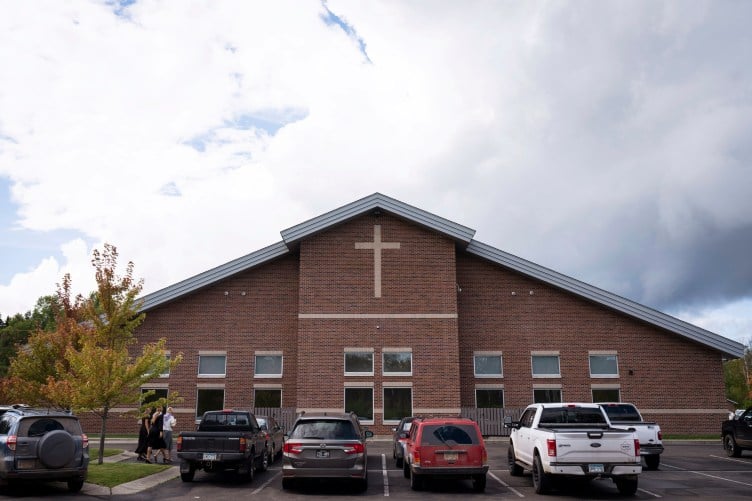This year, The Southern Illinoisan and ProPublica have reviewed the U.S. Department of Housing and Urban Development’s system of inspecting publicly subsidized housing complexes by analyzing thousands of inspection scores and requesting the detailed backup reports from numerous inspections.
Among the findings:
- Dangerous buildings that presented immediate health and safety concerns often passed HUD inspections. An August 2017 inspection of a public housing project in Richmond, Virginia, for instance, estimated 820 health and safety violations, but the property passed anyway. The year prior, an inspection report estimated over 1,000 violations in a public housing project in New York City. It also passed.
- Public housing complexes, owned by government housing authorities, sometimes fail over and over, with few consequences. About 260 public housing complexes have failed at least twice in the past five years. And those projects were far more likely to house African-American children and families than other properties. In a recent audit, HUD’s inspector general criticized the agency’s lack of a clear policy concerning how and when it should respond to unsafe public housing.
- Some properties’ scores have whipsawed between passing and failing. Across the country, roughly one in five properties saw score swings of 20 or more points over a five-year period, raising questions about the inspections’ reliability.
- In recent years, the number of failing properties has increased. Combined, about 830 public housing and private properties that receive project-based funding from HUD failed an inspection in 2017 and the first quarter of 2018. Of those, about 44 percent had been considered strong performers in their prior inspection, with scores of 80 or better. In Richmond, Virginia, for example, the privately owned Belt Atlantic apartment complex (formerly known as Midlothian Village) scored a 90 in 2015, and a 12 this year — a 78-point drop. The property changed ownership in February, and the new owner said a multimillion-dollar renovation is underway.
Read More
- The inspection system has created a culture of “score chasing” that allows landlords to make exterior repairs and cosmetic fixes, and avoid tackling the most serious health and safety problems facing tenants inside their units. In some cases, attempts to game scores have resulted in legal action. Two former housing authority directors in Tulsa, Oklahoma, were sentenced to probation this year after pleading guilty to their role in cheating on HUD inspections by sending workers into units ahead of inspectors to patch up problems. In 2015, a former Chelsea, Massachusetts, public housing executive and a former public housing inspector were convicted for taking part in an inspection rigging scheme. Each was sentenced to short prison terms.




















